The artistic heart of Russia: An estate to visit before you die
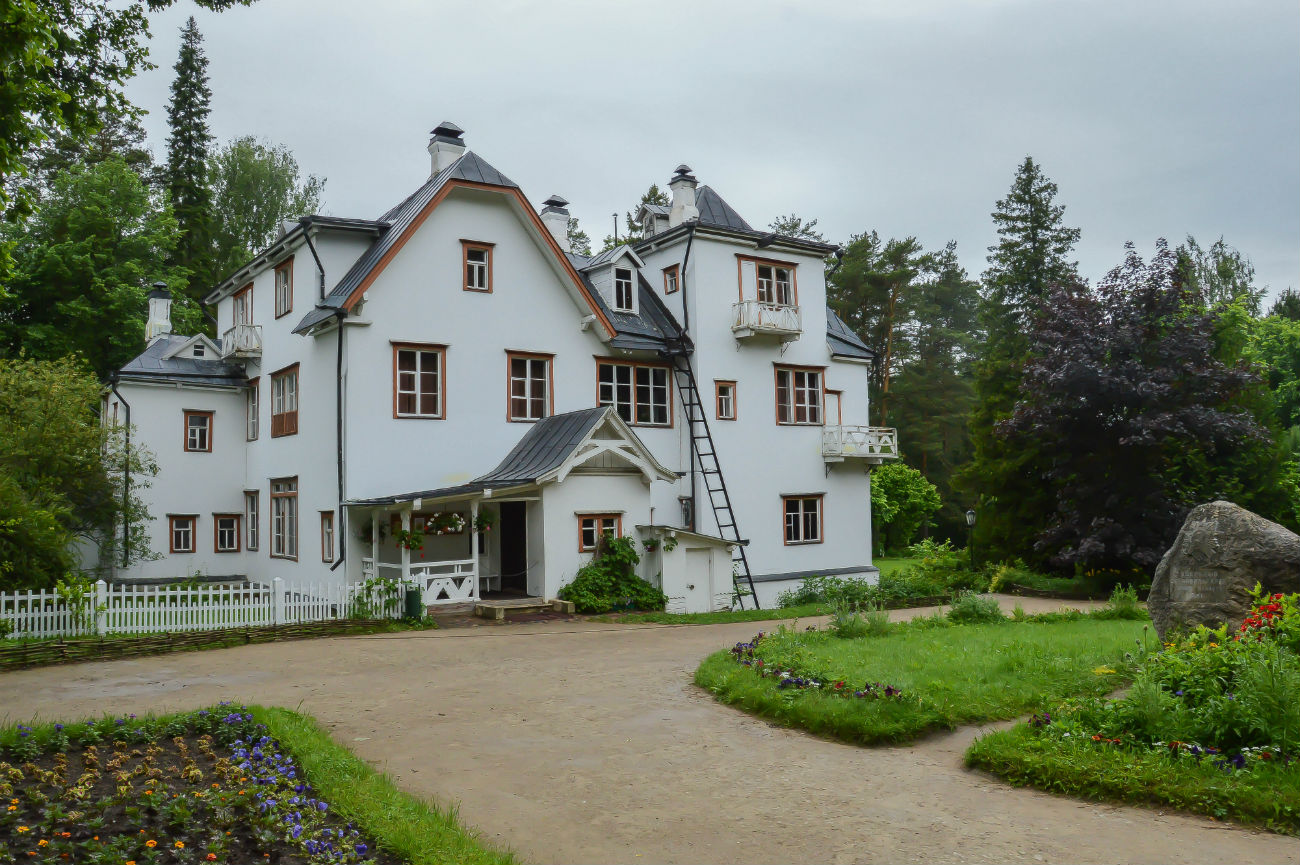
Polenovo.
Erwann Pensec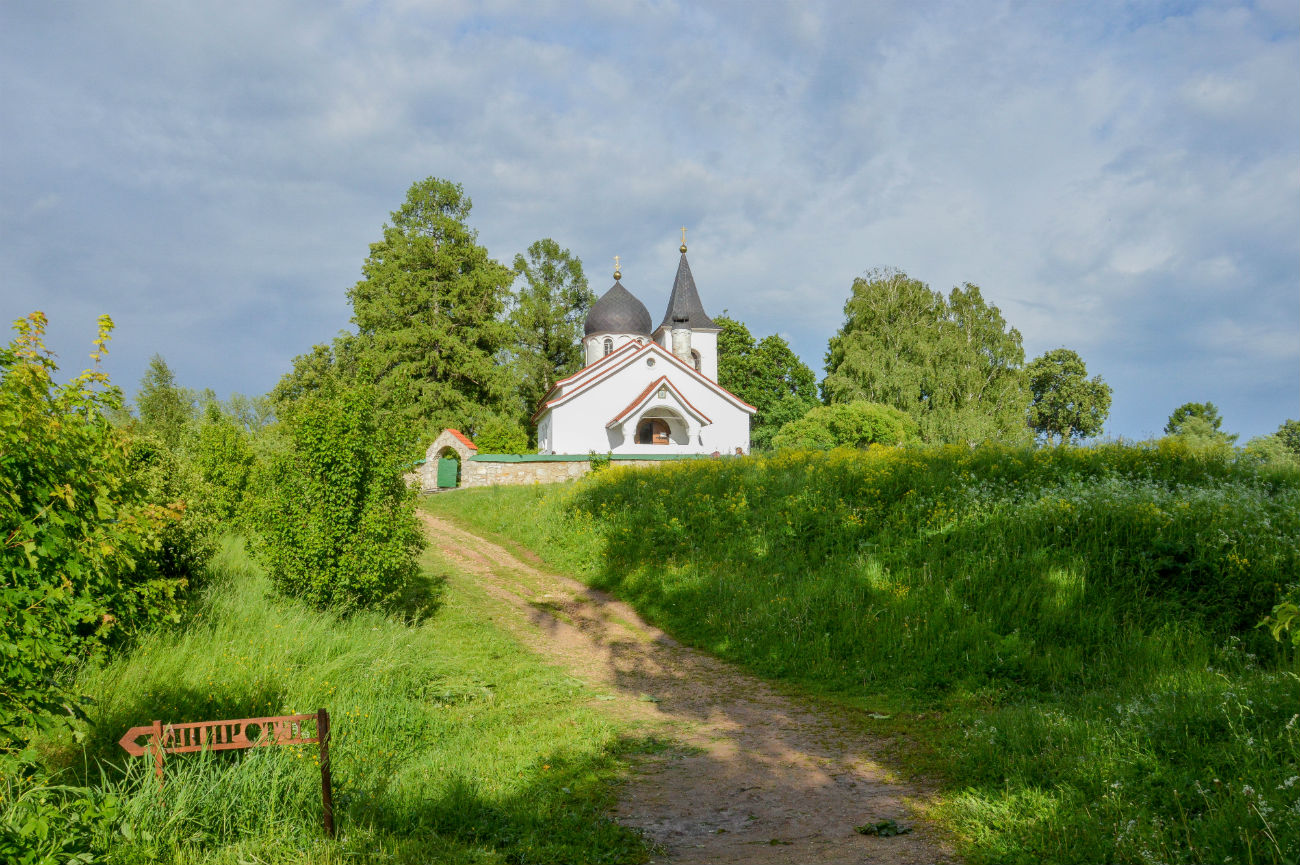 Polenovo. Source: Erwann Pensec
Polenovo. Source: Erwann Pensec
An open-air canvas
After falling for the charm of a sandy hill on the banks of the Oka River, not far from Tarusa, Vasily Polenov decided to settle there and construct a copy of his family’s former home in Karelia, which he had so loved during his childhood. The artist quickly planted pine trees all over the property and this place became, for him, an unending source of inspiration, which has since been renamed in his honor.
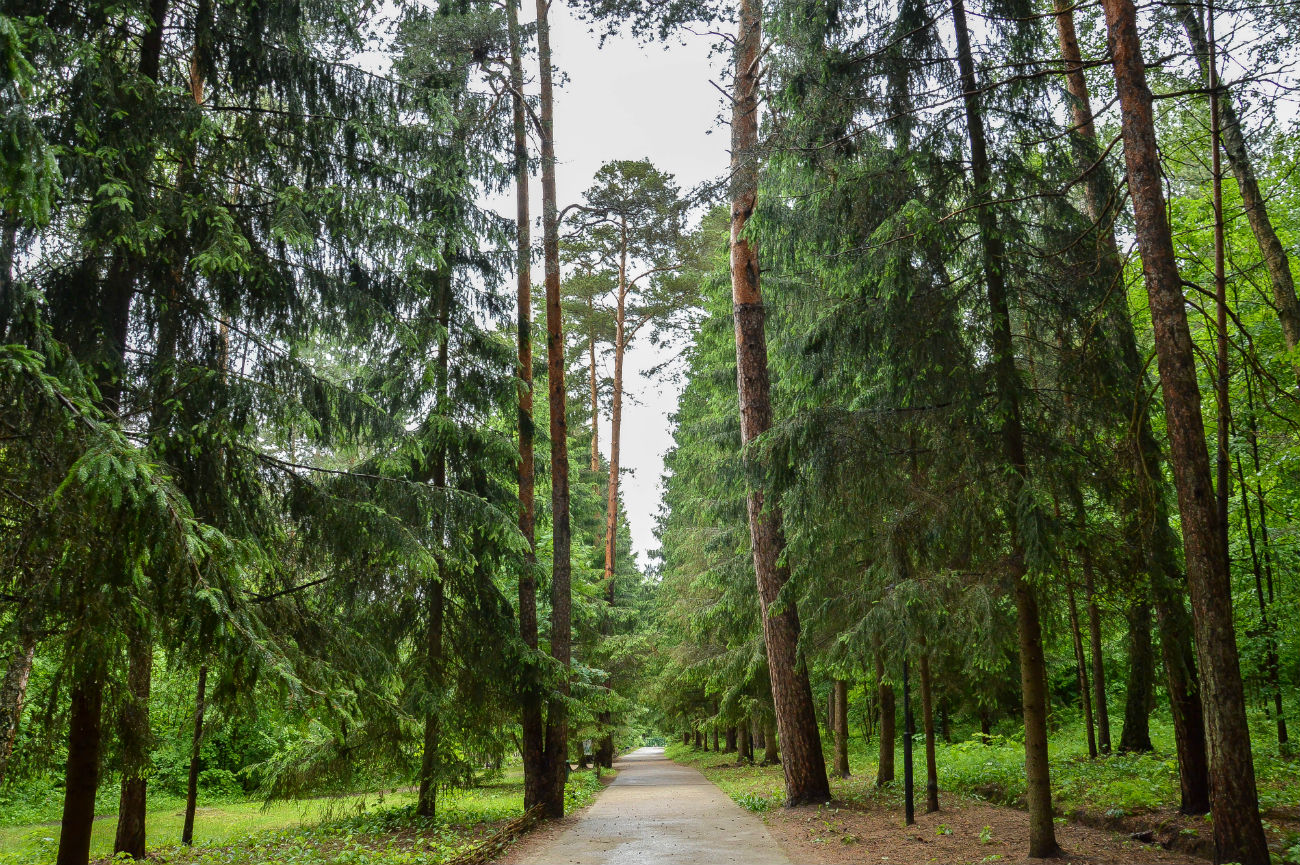 Source: Erwann Pensec
Source: Erwann Pensec
While, once, the river’s meandering path could be seen from the different rooms of the house, today, this is no longer the case and the wilderness has reclaimed its rightful place. But this estate has not lost its value and, in fact, the truth is quite to the contrary. The calm atmosphere of this region alone could have justified the artist’s choice of location, but that would be failing to take into account the beautiful panoramas that materialize at such heights. The Oka River slithers between its wooded banks, sprinkled here and there with charming huts and the occasional cupolas of bell towers.
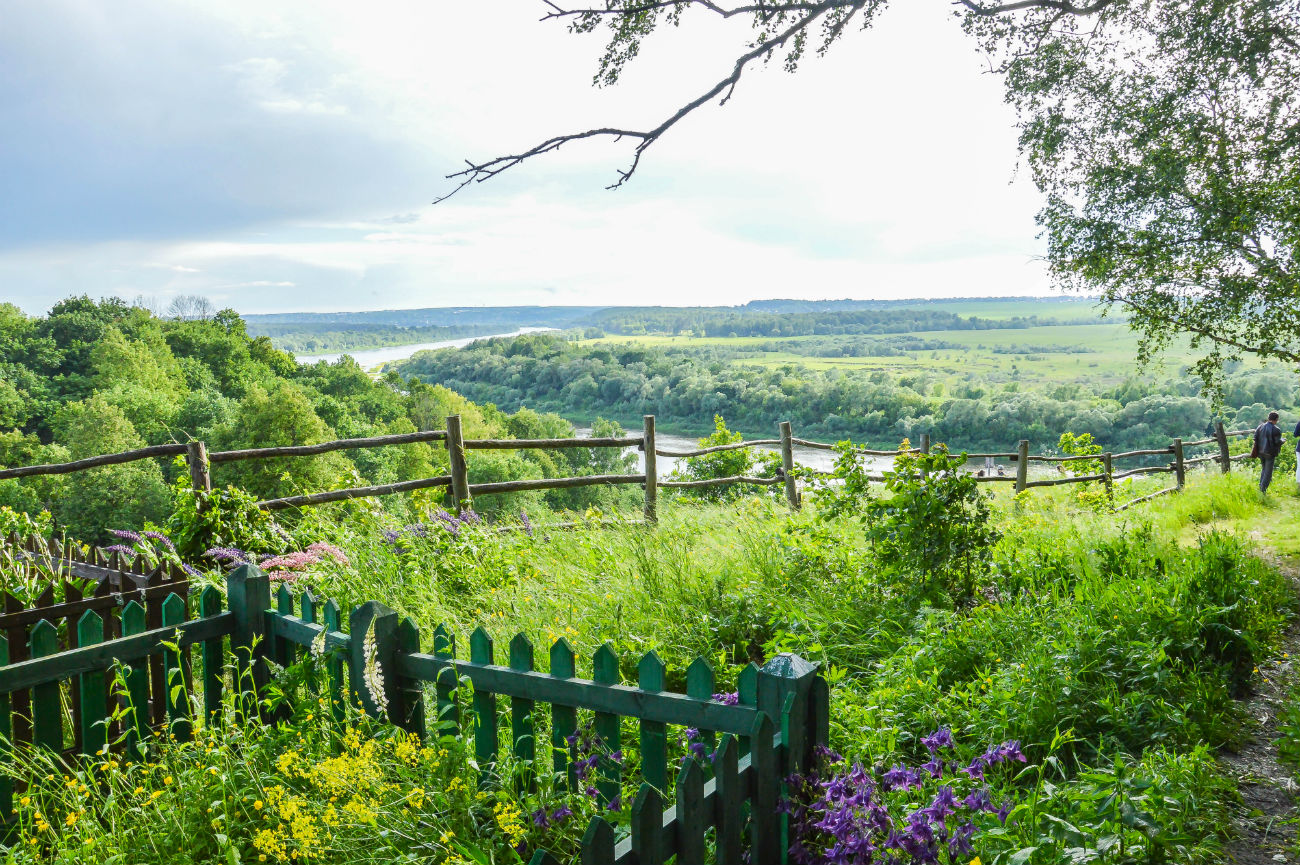 Source: Erwann Pensec
Source: Erwann Pensec
Polenov was a painter and one of the leaders of the Peredvizhniki (Wanderers) Movement. It was their goal to make art more accessible to the general population, most notably through traveling exhibitions and the denouncement of the living conditions of Russian peasants.
 Portrait of Vasily Polenov by Ilya Repin. Source: State Tretyakov GalleryPolenov, as a descendant of those who had fought for the abolishment of serfdom in Russia, was interested in social issues, and so he undertook the construction of two schools and a church in the surrounding area. For children from the neighboring villages, Polenov often organized workshops, lessons and festivities. This is evidenced by the numerous puppets that still overlook the artist’s workshop, which he referred to as the Abbey.
Portrait of Vasily Polenov by Ilya Repin. Source: State Tretyakov GalleryPolenov, as a descendant of those who had fought for the abolishment of serfdom in Russia, was interested in social issues, and so he undertook the construction of two schools and a church in the surrounding area. For children from the neighboring villages, Polenov often organized workshops, lessons and festivities. This is evidenced by the numerous puppets that still overlook the artist’s workshop, which he referred to as the Abbey.
Despite the rigidity of societal norms that governed the tradition of painting at the time, Polenov quickly developed a specific taste for landscapes. He felt that, with this subject matter, it was possible to express ideas and emotions just as powerfully as in historical scenes.
Also, the large windows of his manor provided real, animated pictures and an incomparable view of the surrounding environment. These natural canvases, whose colors alternated with the seasons, were the backdrop to the lives of Polenov, his family and his friends from the Peredvizhniki Movement. The rooms were filled with all sorts of intriguing objects, which had been collected by Polenov and his father (who had been a historian and archaeologist).
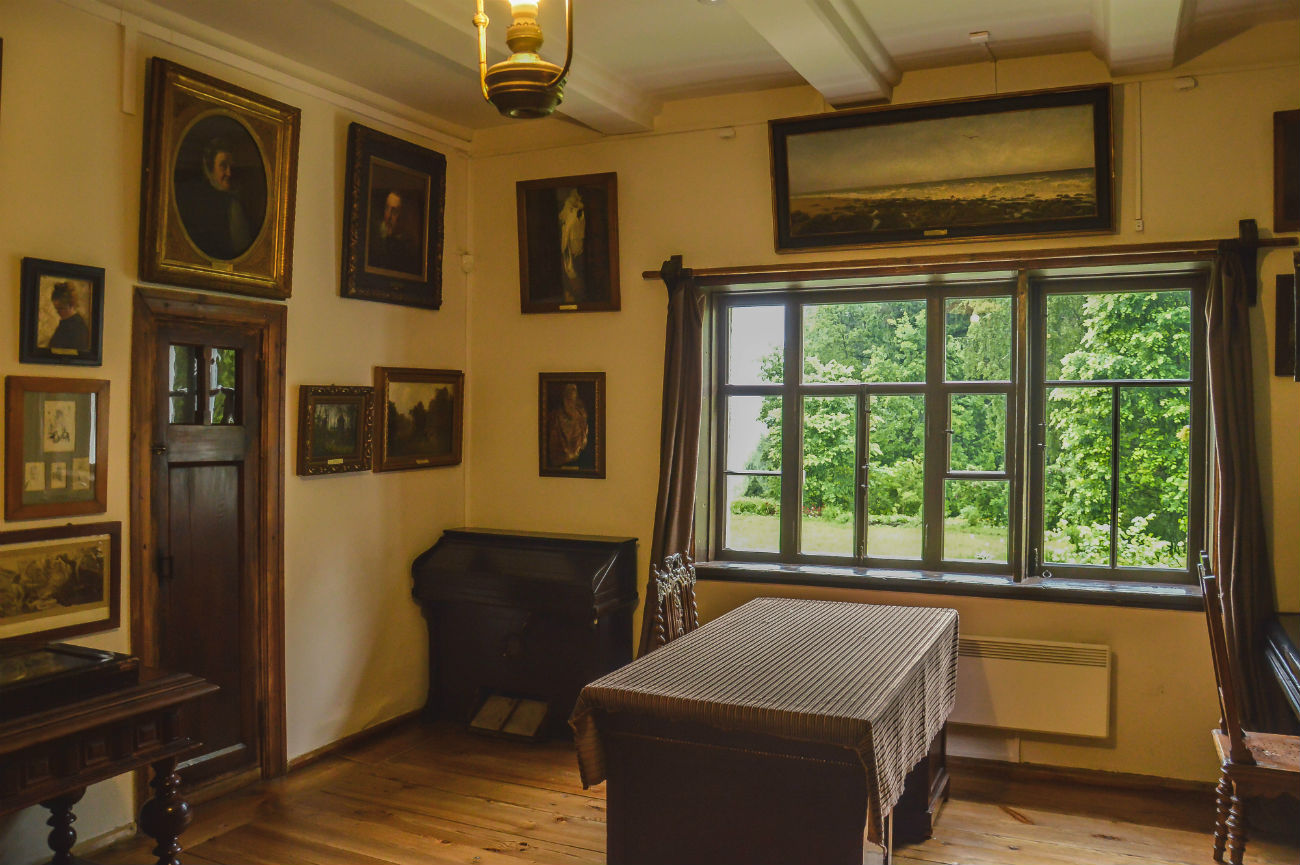 Source: Erwann Pensec
Source: Erwann Pensec
The artist’s escapades abroad took him to Italy, Germany, France and even the Middle East and strongly influenced his work. This did not prevent him, however, from retaining his profound attachment to representations of Russian nature and traditions.
 Source: Erwann Pensec
Source: Erwann Pensec
Making art come to life
Vasily Polenov was a strong supporter of the idea that art should be an integral part of everyday life. This vision is carried on by his descendants, and the employees, who today run the Polenovo Museum in the preservation of his memory. Numerous events are held at the estate each year, acting as harmonious encounters at the crossroads of different types of art, such as literature, music, sculpture and photography. In June 2016, the museum hosted Francophonie Week and visitors enjoyed the music of the French electro-rock group STAMP.
 Source: Erwann Pensec
Source: Erwann Pensec
Today, the estate is a place for artistic residencies, welcoming artists from all over the world. In 2013, the author Olivier Bleys and the artist Benjamin Bozonnet were invited for a three-month stay. This trip allowed them to immerse themselves in their surroundings and combine their art in the form of the joint project, House for a Wanderer. This year, the museum is hosting the international festival, “In Search of the Promised Land,” a celebration of Jewish culture taking place from June 25-30.
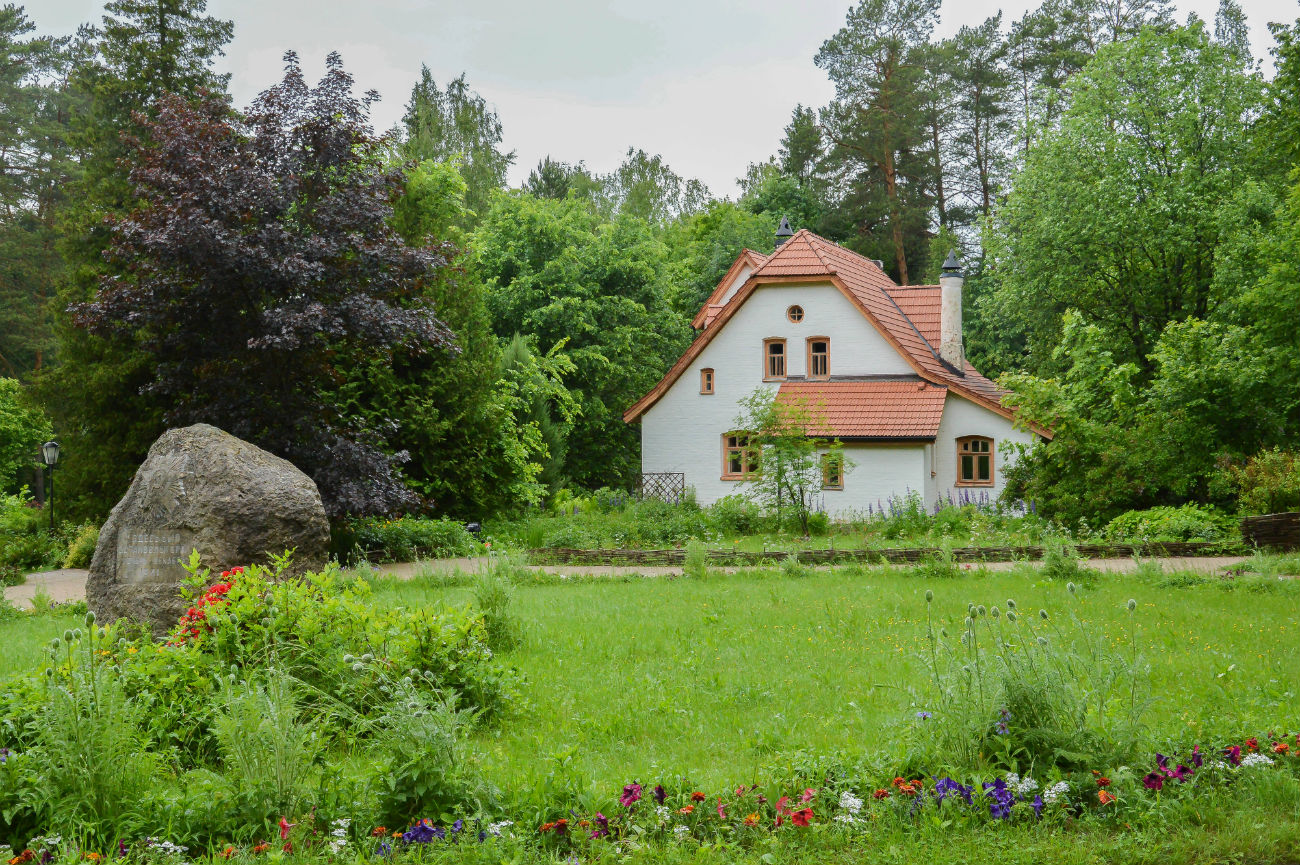 Source: Erwann Pensec
Source: Erwann Pensec
Polenov visited Palestine from 1881-1882 and had the chance to become acquainted with the customs of the locals, which helped him to accurately depict scenes from the Gospels in his paintings. Many diverse works by Polenov will be on display, as well as exhibits from contemporary artists.
In the same way that Polenov planted the pine trees, now towering proudly over the paths of this once-bare hilltop, the artistic seeds that were sown here have since germinated, and Polenovo remains a fertile ground for creation. This is a land of inspiration, and Olivier Bleys has walked it, scouring its vast expanses and following the lengths of the silent river.
 One of Polenov's most famous paintings - 'Moscow Courtyard'. Source: State Tretyakov Gallery
One of Polenov's most famous paintings - 'Moscow Courtyard'. Source: State Tretyakov Gallery
“At Polenovo, artists are always waiting in ambush. There is no thicket that does not contain one or two. It is a hunt and the game is the river, poplar tree or hill. Then, their sharp brushes, like the mouths of a blow gun, gush colors onto the twitching canvas,” Bleys describes in his writing.
Read more: A journey to Plyos: Falling in love with the Russian provinces
If using any of Russia Beyond's content, partly or in full, always provide an active hyperlink to the original material.
Subscribe
to our newsletter!
Get the week's best stories straight to your inbox